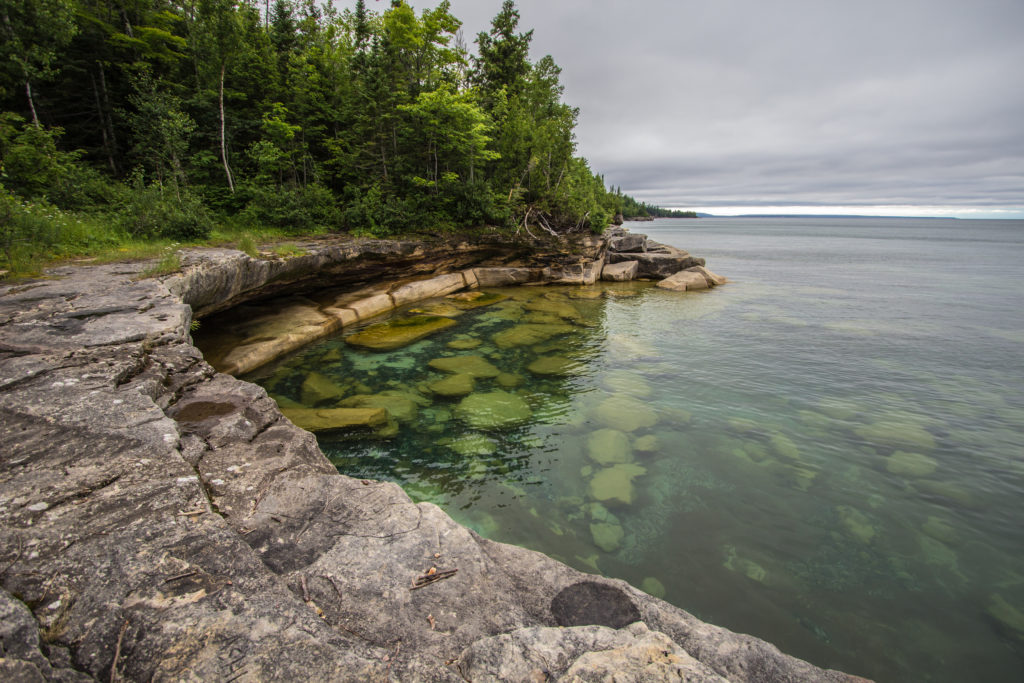Watershed sustainability
Water is essential to nearly all forms of life on earth. About 70% of our planet is covered by water, yet less than 2% of the water on earth is fresh water; the type of water living things need. The world needs to realize how precious fresh water resources are, and how our practices on land affect the quality of the water upon which life depends.
Let's focus on water quality issues in two geographic realms: the Great Lakes region and the Pacific Northwest. Watersheds in the Great Lakes can be apprehended through a focus on water quality testing for contaminants. When toxins are dumped in the streams and rivers of this region, water quality declines in the Great Lakes. Water habitats in the Pacific Northwest can be better understood focusing on salmon as an indicator species of water quality. When water quality declines in the streams and rivers of this region, so do salmon populations.
Photo credits to http://www.esta-usa-conseil.com
People can connect these examples with home through investigations into their local watershed. Everybody should be able to dentify the boundaries and issues of the watershed that provides their drinking water. What happened in the Great Lakes or the Pacific Northwest can help us connect about water quality issues in our own watershed.
Concept maps and flow charts help think systematically about the many concepts involved in understanding water quality and water habitats. Strategic planning models can be used to further understand the complexity of the decisions that are made in communities who struggle to balance the importance of water quality against land use considerations.
This methodology is intended to provide a framework that will encourage field trips in order to build valuable connections in the community and natural environment.

